In 1940, the Pevensie siblings — Peter, Susan, Edmund, and Lucy — arrive at a professor’s home in the English countryside after escaping the Blitz in London. Bored beyond their wits, they begin to play a game of hide-and-seek. In the massive residence owned by the mysterious professor who took them in, the youngest sibling hides in a wardrobe. She soon finds that it leads to a magical other world known as Narnia.
Once all the siblings discover the land, a heart-pounding adventure sets into motion full of betrayal, forgiveness, love, loss, and redemption. The Lion, the Witch, and the Wardrobe remains a beloved book since its publishing (1950). The movie (2005) faithfully employs allegories for Christian values, life, and growing up.
The movie, first in The Chronicle of Narnia series, performed well at the box office with a worldwide opening day of $107 million.
You may know the movie, and that it performed well, but do you know where it was filmed? Keep reading to discover the three main international locations in which The Lion, the Witch, and the Wardrobe was filmed.
Where Was The Lion, the Witch, and the Wardrobe Filmed?

Sněžka is the highest mountain in the Czech Republic. It sits on the border between the Czech Republic and Poland.
©Pete Zebranek/Shutterstock.com
The impressive scenes, sprawling battlefields, and glittering ice creations of the White Witch took more than a few locations to perfect. The cast and crew of the movie traveled from Europe to New Zealand to shoot most of the film.
Czech Republic
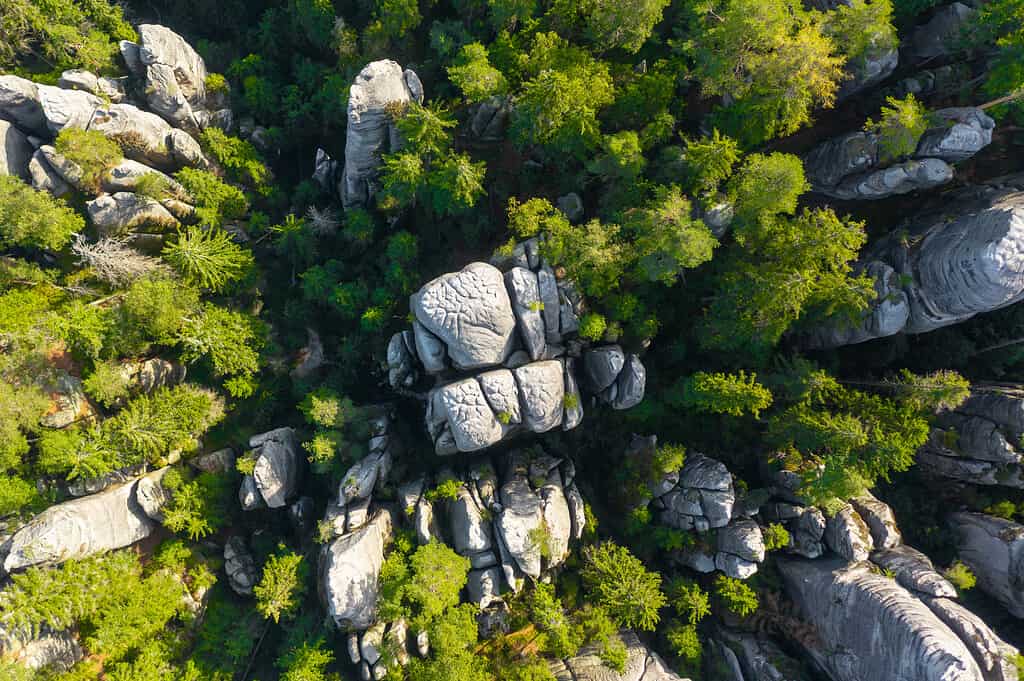
Film crews used part of the Adrspach-Teplice Landscape Park in the Broumov Highlands region in the Czech Republic for the movie’s filming.
©Aleh Varanishcha/iStock via Getty Images
Filming for most of the “winter” parts of the movie occurred mainly in the Czech Republic. The crew shot several other scenes in parts of nearby Poland and Slovakia. The most iconic points of interest in the Czech Republic included:
- The Tisá Walls, where young Lucy followed the faun Mr. Tumnus to his home.
- Also near the Tisá Walls is Pravcicka Brana, where Mr. and Mrs. Beaver led all four of the Pevensie siblings over a rock arch to point out Aslan’s realm.
- Adrspach National Park on the Polish-Czech border functioned as the icy fields of Narnia for far-reaching shots of the cold, desolate wasteland the White Witch made Narnia become.
Shropshire, United Kingdom
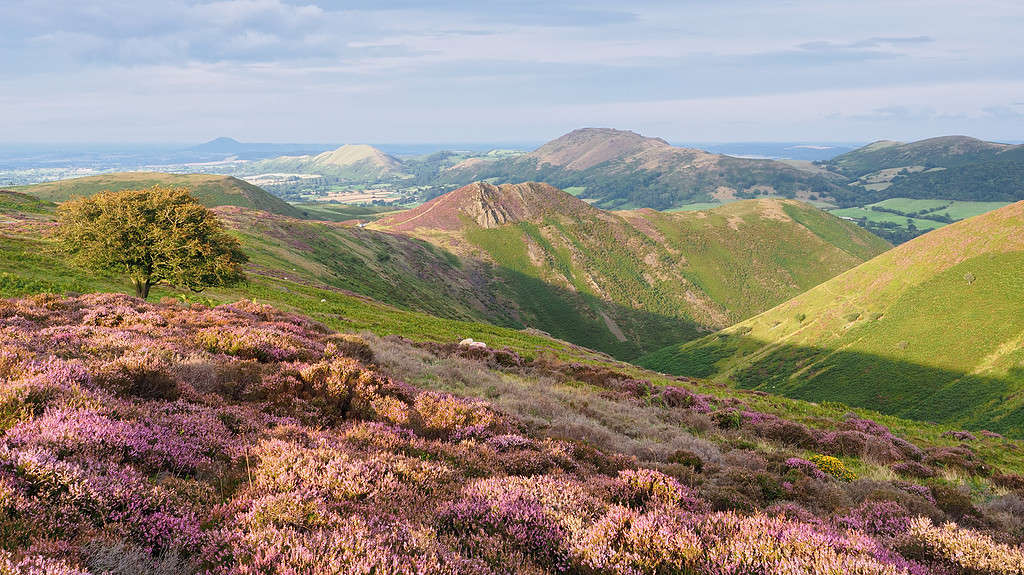
The Long Mynd, Shropshire, England blooms near the train station used in
The Lion, the Witch, and the Wardrobe‘s filming.
©Wirestock/iStock via Getty Images
There are only two scenes shot at locations in England. Both were train station moments. One was the evacuee train’s first stop. The other was when the Pevensies arrived at the desolate station in the countryside. The latter was shot at the now-defunct Highley Railway Station. Today, it’s a visitor’s center with train artifacts and information.
New Zealand
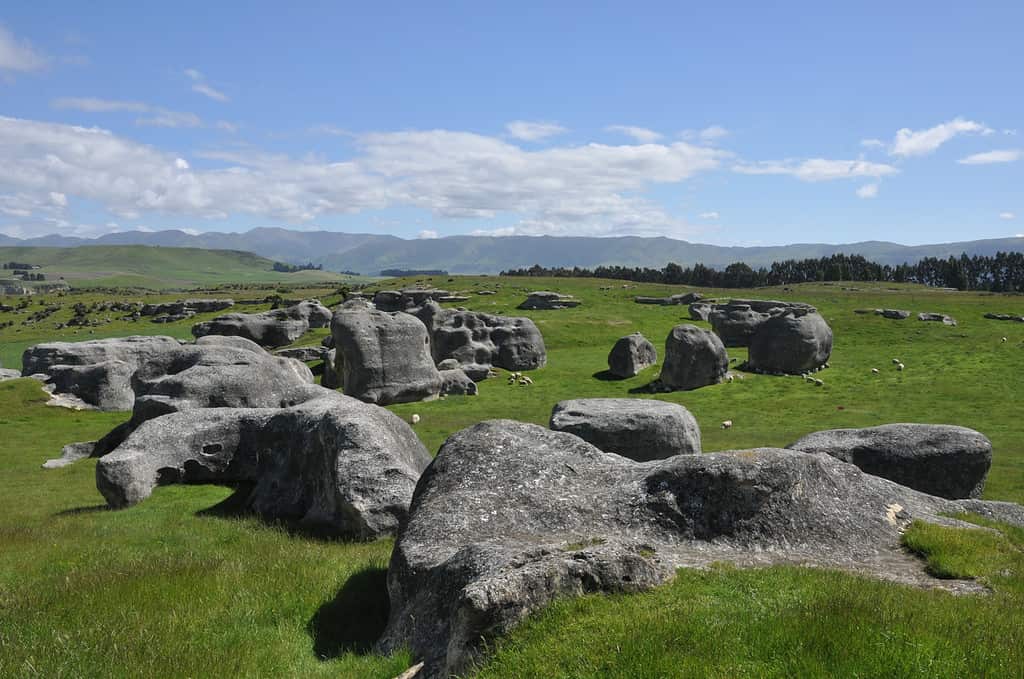
The
Elephant
Rocks served as the camp for Aslan’s troops.
©Bob Hilscher/iStock via Getty Images
Similar to filming for The Lord of the Rings — which, interestingly enough, was written by C. S. Lewis’s close friend J. R. R. Tolkien — the crew shot the vast majority of battlefield, outdoor, and action scenes in New Zealand. The hottest points of interest in the land of Kiwis include:
- Auckland served as a home base for building dramatic sets like Paddington Station.
- Woodhill Forest became the dismal, dark camp of the White Witch, where Edmund is held captive.
- Monte Cecilia Park served as the professor’s garden.
- Glenorchy’s valley “Paradise” became the filming site for many of the springtime landscapes in the movie as the White Witch’s curse began to disappear.
- Elephant Rocks in Tokarahi became Aslan’s encampment.
- The final, climactic battle between good and evil occurred on Flock Hill in the South Island’s Alps.
- Post-production added a massive castle structure on the cliffs of Purakaunui Bay.
Can You Tour Sets for The Lion, the Witch and the Wardrobe?
Unfortunately, tourists will need to create their own self-guided tours if they want to see all the unique locations in which The Lion, the Witch, and the Wardrobe movie was filmed. Because it was a multinational filming project, touring companies don’t have complete vacations with all of the shooting locations featured.
Furthermore, despite the massive success of the movie during its time, the popularity waned with the subsequent two movies and didn’t hold onto its fan base in the same way fandoms like Game of Thrones and Lord of the Rings did. Unfortunately, even New Zealand fails to have a Chronicles of Narnia-specific tour for interested fans.
The only tour A-Z Animals found online that still exists is in the Czech Republic of Bohemian Switzerland and the Tisa Wall via Silver Screen Tours. However, the tour had zero dates available and we weren’t able to confirm if it’s still an actively-running tour. Another, shorter tour of Adrspach Teplice Rocks walks through a bit of the rock formations that production used in some of the winter shots of Narnia.
If you were hoping to experience your own walk through the wardrobe, you’re unfortunately a bit too late for that as well. While Disneyland in California had an immersive experience within its park, it closed down in early 2008 to make way for other behind-the-scenes attractions. But who knows, maybe there’s a magical portal on the other side of your wardrobe, and you just don’t know it yet!
Best Times to Visit the Czech Republic
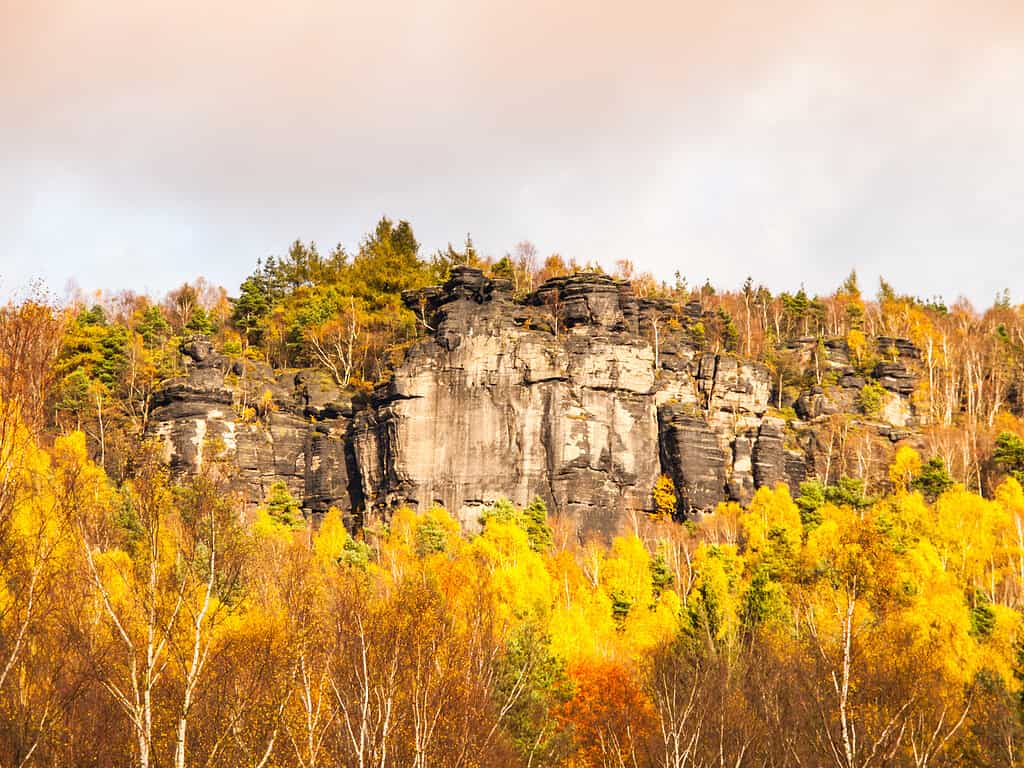
Tisa Rocks in Czech-Saxon Switzerland, Czech Republic, aren’t easily navigable, but you can have lunch at a nearby cafe that looks at the formations.
©PytyCzech/iStock via Getty Images
Unfortunately, many of the places where the cast and crew filmed The Lion, the Witch, and the Wardrobe aren’t readily accessible to tourists. However, you can still travel to the Czech Republic to delight in many of the country’s other natural wonders and impressive attractions!
Aim to travel to Prague in the off seasons — the spring and the early fall. Between March and May, and again between mid-September and mid-November, the weather stays pretty mild while crowds are at a minimum. Once the summer or holiday seasons start, the city becomes a madhouse. Prices will skyrocket and crowds throng through the narrow streets.
Veiled in history, romance, and culture, the Czech Republic feels like a fairytale in each region. Walk through massive rock structures among Prachov Rocks, peruse thousands of books in Klementinum, explore underground at Moravian Karst, and marvel at the natural beauty of Pruhonice Park. Don’t forget to walk across the Charles Bridge before you go!
Best Times to Visit Shropshire
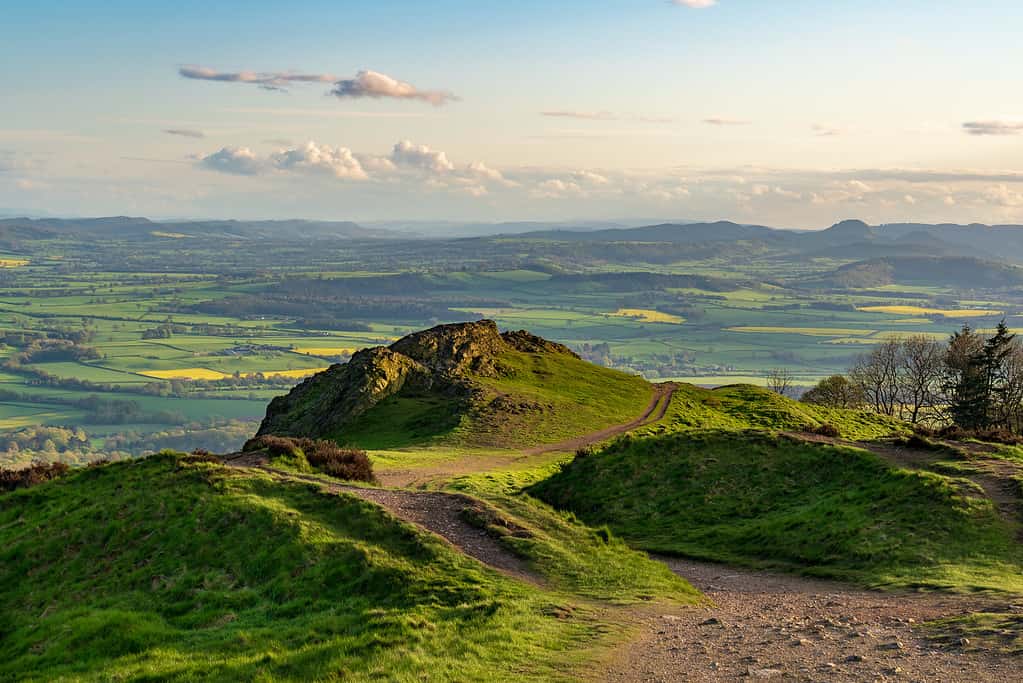
The quaint town of Shropshire has much for tourists to do.
©BerndBrueggemann/iStock via Getty Images
Avoid the summer tourists and travel to Shropshire in the autumn season — like early September. Not only will foot traffic in town be lower; you’ll still enjoy mild temperatures, relatively dry weather, and longer hours of daylight.
Located in the West Midlands region of England, Shropshire is a county with much to do and a unique history to uncover. Firstly, it’s a beautiful piece of land with three nature reserves, wetland regions, areas of conservation, and specific areas of special scientific interest. Because it sits between England and Wales, Shropshire has played quite the balancing act between residents and come out on the other side with two world heritage sites: the Ironbridge Gorge and the Pontcysyllte Aqueduct and Canal.
When visiting, you can adventure in nature, shop at unique vendor markets, partake in cultural and art festivals, visit historic sites, or meander through museums. Shropshire has crafted itself into an incredible destination for families and couples ready to explore.
Best Times to Visit New Zealand
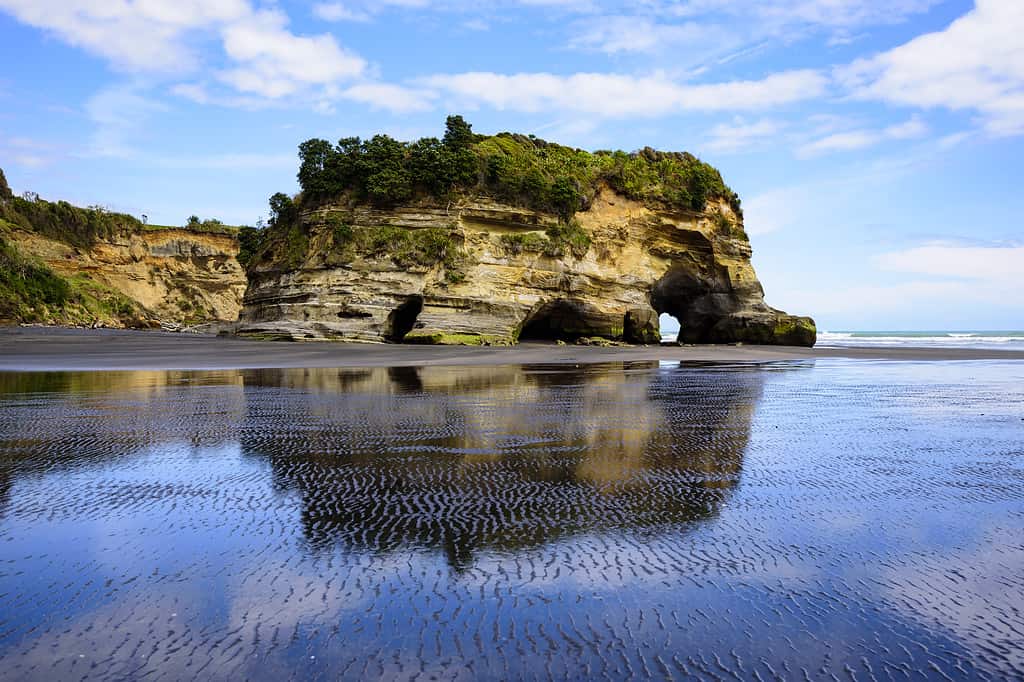
New Zealand is a veritable treasure trove of movie filming locations.
©Martin Vlnas/iStock via Getty Images
Depending on the island you want to visit, the best time to visit shifts.
The South Island, where much of the film’s spring scenes took place, remains a wonderful place to visit in December, January, and February. This is the summer season, so tourists choosing to partake in outdoor experiences (like hiking or driving to Cathedral Cove, Woodhill Forest, or Flock Hill) will appreciate the warm weather and lack of precipitation.
If you’re going to the North Island, you have more time to work with. Anywhere between December and March is a good time for you to visit and hit the beaches, mountains, valleys, and hills in the regions.
Flora and Fauna of the Czech Republic
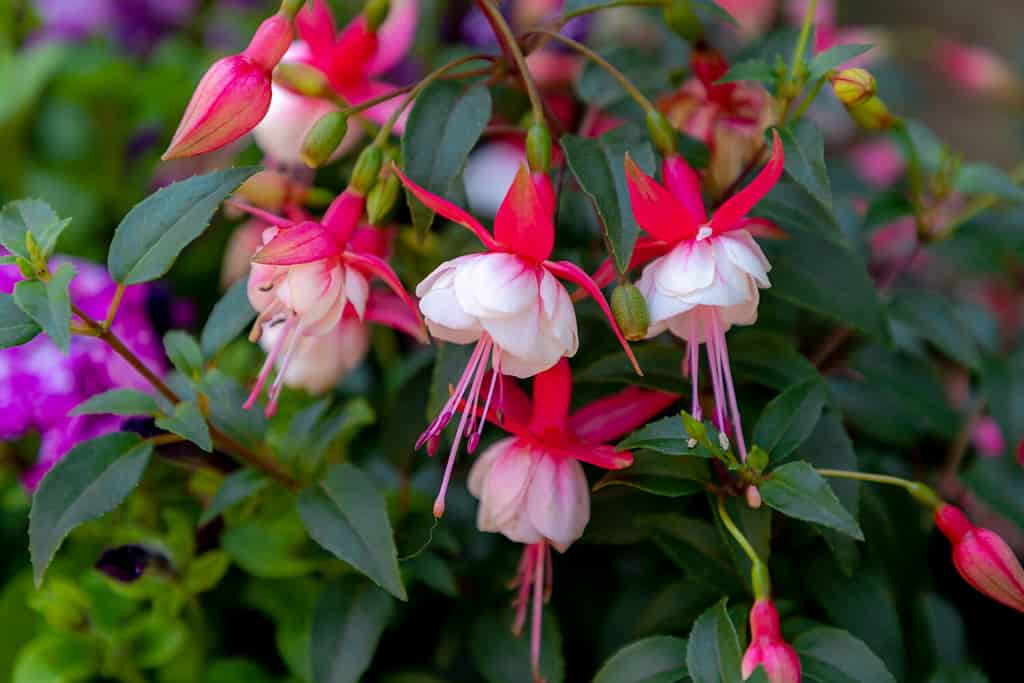
While in the Czech Republic, look for its native evening primrose flower.
©Wut_Moppie/Shutterstock.com
Did you know that trees cover an impressive third of the Czech Republic? Greenery covers much of the land here, with dozens of plants endemic to the country and found nowhere else in the world. They include:
- Sandwort-leaved mouse-ear.
- Ash-mountains bellflower.
- A unique evening primrose.
- The Moravian Pink Dianthus moravicus.
The Czech Republic has a plethora of animals roaming its wilderness — A-Z Animals currently tracks over 200 different species in the country. Some of the most unique include the European Aurochs, wild horses, and the European Mink. All three have seen massive hits to their global population, and the Czech Republic remains one of the few places actively working to rehabilitate their numbers.
Flora and Fauna of Shropshire
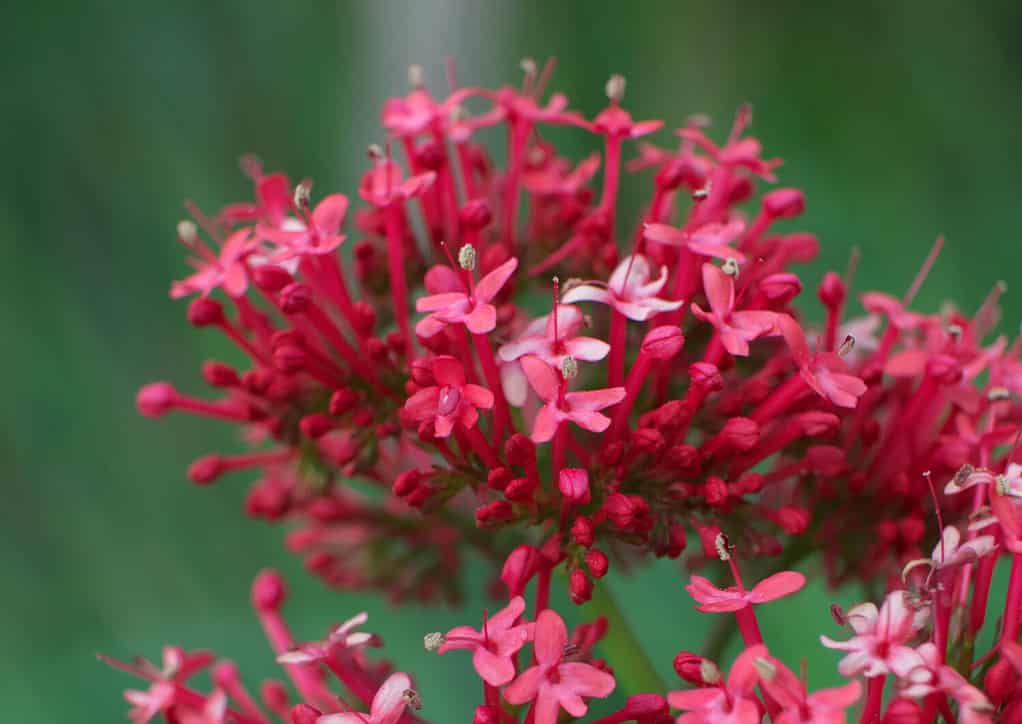
Red valerian blooms all over Shropshire’s hills.
©Stan Banash/Shutterstock.com
The rolling hills of Shropshire provide a lush landscape for many different plants to thrive. Shropshire has literally hundreds of different flowers that bloom on the slopes and craggy hills of the region. Some of the most popular and striking include:
- Grass-of-parnassus.
- Bogbean.
- White bryony.
- Water mint.
- Purple-loosestrife.
- Melancholy thistle.
- Red valerian.
Similarly, Shropshire’s ecologic environment supports a multitude of different animals. Mammals, birds, reptiles, amphibians, marine life, and more make their home in Shropshire. The region has many bats, like the noctule and the brown long-eared bat. Several types of deer, weasels, and rabbits roam about as well, making great prey for wildcats. Shropshire has many more birds than it has mammals and reptiles, with over 15 different classifications of bird groups.
Flora and Fauna of New Zealand
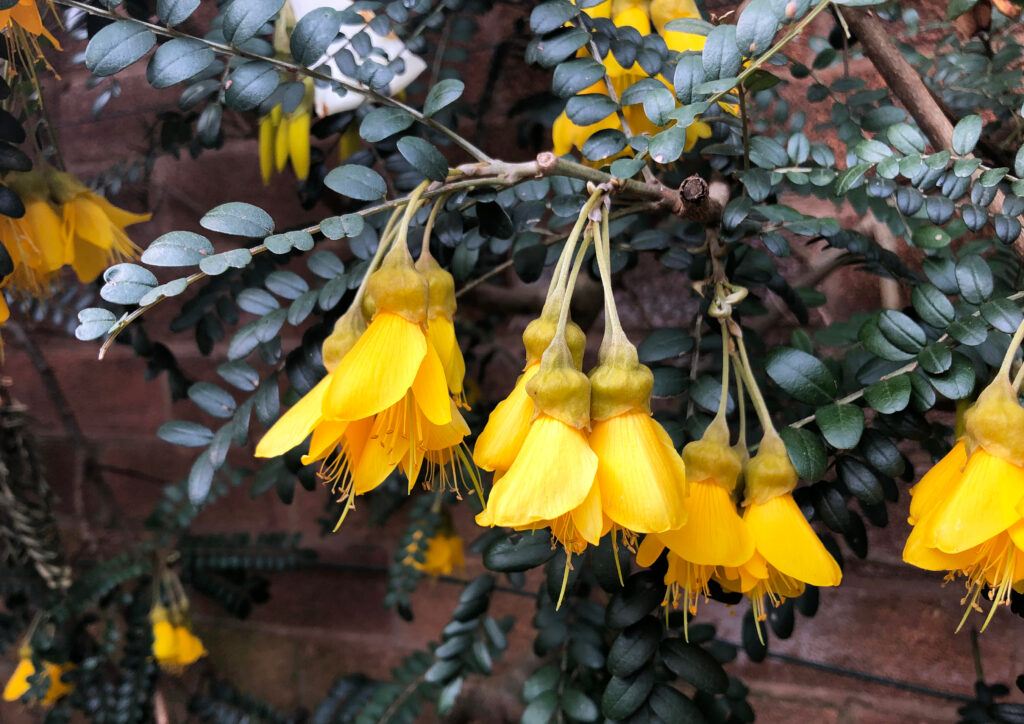
or kōwhai is the unique national flower of New Zealand.
©Diva-Doodles/Shutterstock.com
Did you know that many of the native species of flora and fauna in New Zealand have exceptionally long lives for their genus classes? For example, the kauri tree can live for up to 1,700 years while the kiwi bird can live for over 30. Even though the kiwi is a small bird, it dwarfs the lifespan of other birds its size by at least five to 10 years.
New Zealand is home to interesting plants and animals, many of which are endemic to the country. They include:
- Cabbage trees, which don’t look like cabbage at all and have sword-like leaves.
- Kauri trees, with girthy trunks as big as 16 meters.
- Kōwhai trees, which produce yellow legumes.
- Nikau palms, the only palm tree species native to mainland New Zealand.
- Podocarp hardwood trees, including species like the rimu, miro, and kahikatea.
- The tuatara, a lizard-like reptile native to the country.
- The Chevron skink, New Zealand’s longest lizard.
- The royal albatross, which remains threatened and nationally vulnerable in New Zealand.
For Narnia, and for Aslan!
If you’re a fan of The Lion, the Witch, and the Wardrobe, it’s worth a visit to any of the three countries listed above to see where it was filmed. While Shropshire and the Czech Republic don’t have easily tourable sites from the movie, you can still travel nearby to experience the movie magic made all those years ago. While you’re there, don’t forget to take a look at the native and unique flora and fauna of each locale.
The photo featured at the top of this post is © Nokuro/Shutterstock.com
Thank you for reading! Have some feedback for us? Contact the AZ Animals editorial team.







